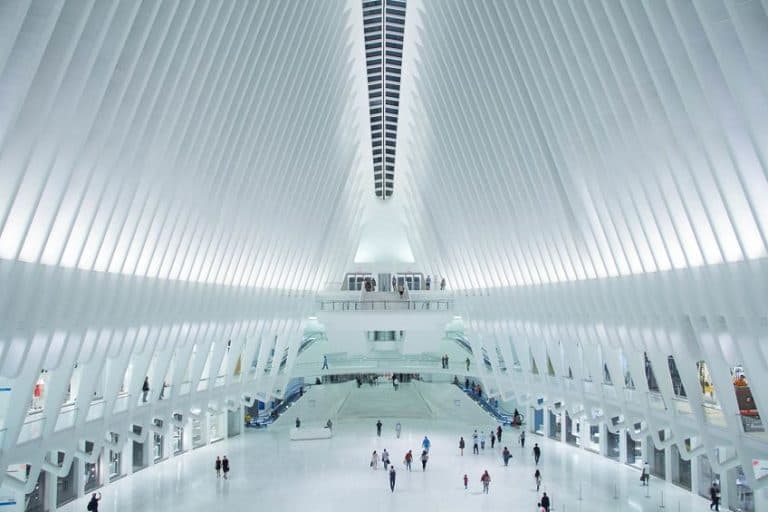10 Famous Temples in Asia – Architectural Divinity
Asia is renowned for its rich cultural heritage and spiritual significance, encapsulated within its diverse array of temples. From the majestic wonders of Angkor Wat in Cambodia to the serene beauty of Japan’s Golden Pavilion, Asia boasts a treasure trove of iconic religious sites that resonate with history, artistry, and devotion. Each temple stands as a testament to centuries of tradition, embodying unique architectural styles, religious practices, and cultural symbolism. This article explores some of the most famous temples in Asia, offering insights into their significance and allure, inviting readers on a journey of spiritual exploration and discovery across the continent.
Table of Contents
Significance of Temples in Asia
Temples in Asia serve as more than just architectural marvels; they are the very heartbeats of the continent’s cultural, spiritual, and social life. These sacred edifices embody the essence of Asia’s diverse religious traditions, including Hinduism, Buddhism, Islam, and many others. Temples serve as centers for worship, meditation, education, and community gatherings, fostering a sense of belonging and spiritual connection among devotees.
They stand as testaments to centuries of artistry, craftsmanship, and devotion, showcasing intricate architectural designs and religious symbolism.
Moreover, temples often play pivotal roles in local economies, tourism, and cultural preservation, serving as gateways for visitors to explore the rich tapestry of Asian heritage. Beyond their physical structures, temples represent the spiritual aspirations of millions, offering solace, inspiration, and a glimpse into the timeless pursuit of transcendence.
Top 10 Temples in Asia
Embark on a journey of cultural richness and spiritual significance as we delve into the realm of Asia’s most renowned temples. From the awe-inspiring Angkor Wat in Cambodia to the serene majesty of Japan’s Golden Pavilion, this curated list showcases the diversity and grandeur of sacred architecture across the continent. Each temple tells a story of centuries-old traditions, intricate craftsmanship, and profound religious devotion, inviting travelers and seekers alike to explore the profound depths of Asian heritage and spirituality.
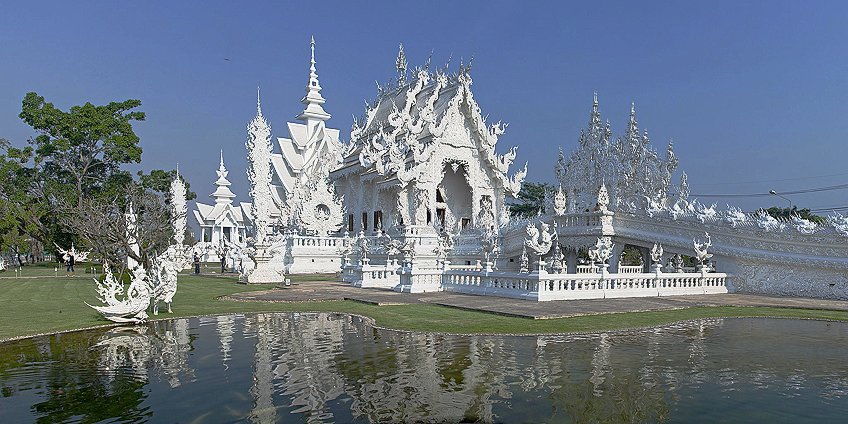
Meenakshi Temple (India)
| Date Built | Original structure believed to date back to 6th century AD, reconstructed in 14th – 17th centuries |
| Location | Madurai, Tamil Nadu, India |
| Religion | Hinduism |
Located in Madurai, Tamil Nadu, the Meenakshi Temple is a spectacular example of Dravidian architecture and a significant pilgrimage site for Hindus. Dedicated to the goddess Meenakshi and her consort Lord Shiva, the temple complex spans over 14 acres and features towering gopurams (gateway towers) adorned with intricate sculptures and colorful carvings. The temple’s legend dates back to ancient Tamil literature, highlighting the divine marriage between Meenakshi and Shiva.
Notably, the temple hosts an annual 10-day festival called Meenakshi Tirukalyanam, celebrating the celestial wedding of the divine couple, attracting millions of devotees and tourists from around the world.
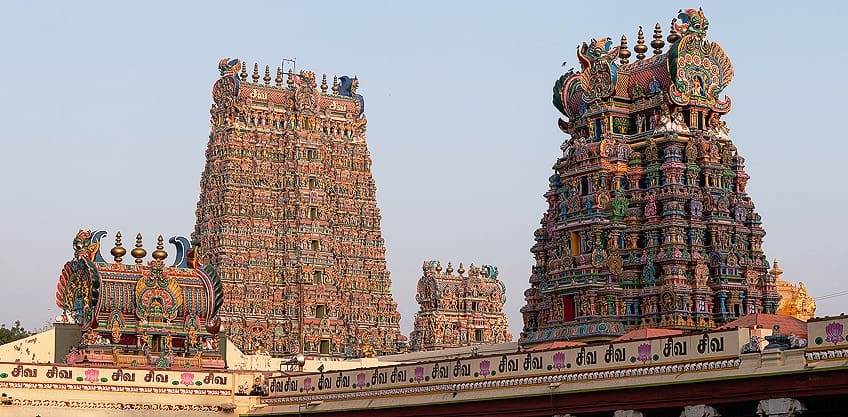
Shwedagon Pagoda (Myanmar)
| Date Built | Estimated to be around the 6th to 10th century AD |
| Location | Yangon, Myanmar (Burma) |
| Religion | Theravada Buddhism |
Located in Yangon, Myanmar, the Shwedagon Pagoda is a dazzling golden stupa that dominates the city’s skyline. Believed to be over 2,600 years old, the pagoda enshrines strands of Buddha’s hair and other relics, making it one of the holiest Buddhist sites in Myanmar. Its gilded dome is adorned with thousands of diamonds, rubies, and other precious stones, shimmering in the sunlight. The pagoda serves as a center for meditation, pilgrimage, and religious festivals, attracting devotees from across the globe. Legend has it that the Shwedagon Pagoda is the oldest pagoda in the world, with its origins dating back to the time of the Buddha.
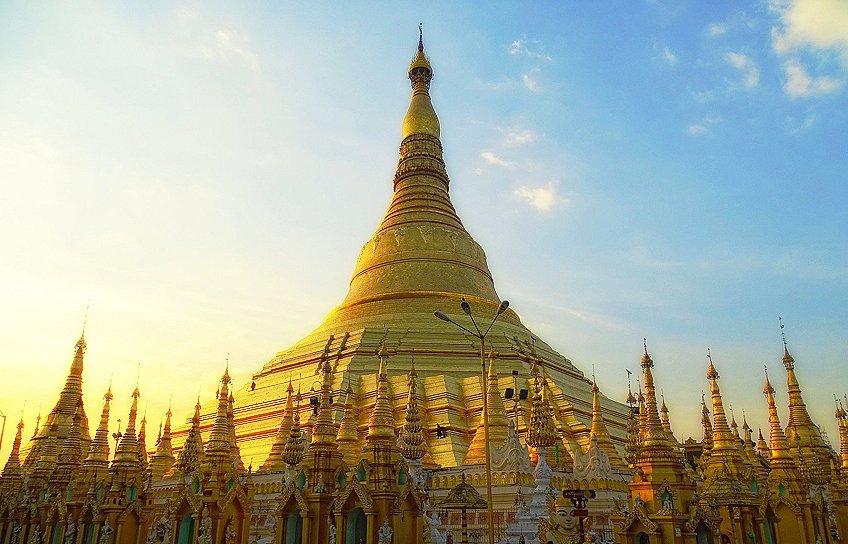
Borobudur Temple (Indonesia)
| Date Built | Constructed between the late 8th and early 9th centuries |
| Location | Magelang, Central Java, Indonesia |
| Religion | Mahayana Buddhism |
Situated on the island of Java, Indonesia, Borobudur is the largest Buddhist temple in the world and a UNESCO World Heritage Site. Built in the 9th century during the Sailendra dynasty, Borobudur represents the Mahayana Buddhist concept of the universe.
Its nine stacked platforms symbolize the stages of enlightenment, leading to nirvana.
The temple’s walls are adorned with over 2,500 relief panels and 500 Buddha statues, showcasing exquisite Javanese artistry. Borobudur hosts the annual Buddhist ritual of Vesak, drawing pilgrims from around the world to commemorate the birth, enlightenment, and death of Buddha.

Angkor Wat (Cambodia)
| Date Built | Early 12th century to late 12th century |
| Location | Angkor, Cambodia |
| Religion | Originally Hindu, later Buddhist |
Angkor Wat, located in Siem Reap, Cambodia, is one of the most magnificent and expansive religious monuments in the world. Built in the 12th century by King Suryavarman II, Angkor Wat is a symbol of Khmer architecture and Hindu-Buddhist cosmology. Its significance lies in its transition from a Hindu temple to a Buddhist one, reflecting Cambodia’s cultural evolution. Angkor Wat’s intricate bas-reliefs depict scenes from Hindu mythology and the Ramayana epic. Interestingly, the temple is aligned with the sun, creating breathtaking sunrise and sunset views that attract thousands of visitors daily.
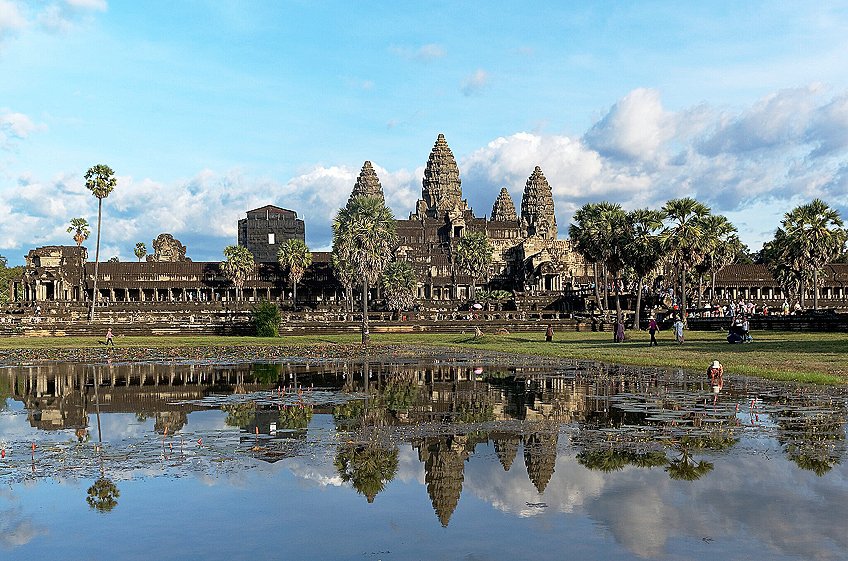
Ta Prohm Temple (Cambodia)
| Date Built | Late 12th to early 13th century |
| Location | Angkor, Siem Reap Province, Cambodia |
| Religion | Originally Hindu, later Buddhist |
Ta Prohm, nestled amidst the lush jungles of Angkor in Cambodia, is a captivating temple complex renowned for its mysterious and photogenic ruins. Built in the 12th century by King Jayavarman VII, Ta Prohm was dedicated to the Buddhist deity Prajnaparamita. The temple’s allure lies in its fusion of natural elements with ancient architecture, as towering silk-cotton trees and massive roots intertwine with crumbling stone walls. Ta Prohm gained global fame as a filming location for the movie Tomb Raider, adding to its allure and attracting visitors intrigued by its ethereal beauty.
Despite ongoing restoration efforts, Ta Prohm’s partially reclaimed state continues to evoke a sense of wonder and exploration among visitors, showcasing the harmonious coexistence of nature and human ingenuity.

Golden Pavilion (Kinkaku-ji) (Japan)
| Date Built | Originally built in 1397, reconstructed in 1955 |
| Location | Kyoto, Japan |
| Religion | Zen Buddhism |
Kinkaku-ji, or the Golden Pavilion, is a Zen Buddhist temple located in Kyoto, Japan, renowned for its stunning golden exterior. Originally built in the 14th century as a retirement villa for a shogun, it was later converted into a temple by his son. The top two floors of the pavilion are coated in gold leaf, reflecting in the surrounding pond, creating a picturesque scene. Each floor of the temple represents a different architectural style, including shinden, samurai, and Zen. Interestingly, the Golden Pavilion has been rebuilt several times due to fires, with the current structure dating back to the late 20th century.

Pura Besakih (Indonesia)
| Date Built | Believed to be built in the 14th century |
| Location | Besakih, Bali, Indonesia |
| Religion | Balinese Hinduism |
Nestled on the slopes of Mount Agung in Bali, Pura Besakih is the largest and holiest Hindu temple complex in Indonesia. Dating back over a thousand years, the temple complex comprises over 80 individual temples, each dedicated to different Hindu gods and goddesses.
Pura Besakih serves as a spiritual center for Balinese Hindus, who come to worship, meditate, and participate in religious festivals.
The temple’s terraced architecture harmoniously integrates with the surrounding volcanic landscape, creating a sacred ambiance. Interestingly, Pura Besakih miraculously survived the volcanic eruptions of Mount Agung, further solidifying its significance as a symbol of resilience and devotion.

Temple of Heaven (China)
| Date Built | Early 15th century (1406 – 1420) |
| Location | Beijing, China |
| Religion | Chinese traditional religion |
Situated in Beijing, the Temple of Heaven is a masterpiece of Ming dynasty architecture and a UNESCO World Heritage Site. Built in the early 15th century, it served as a sacred space for emperors to perform rituals and prayers for good harvests. The temple complex comprises several intricate buildings, including the Hall of Prayer for Good Harvests, characterized by its triple-tiered circular roof. Remarkably, the acoustics within the Hall of Prayer for Good Harvests allow even the softest whisper to be heard clearly from one end to the other, reflecting the importance of divine communication in ancient Chinese beliefs.
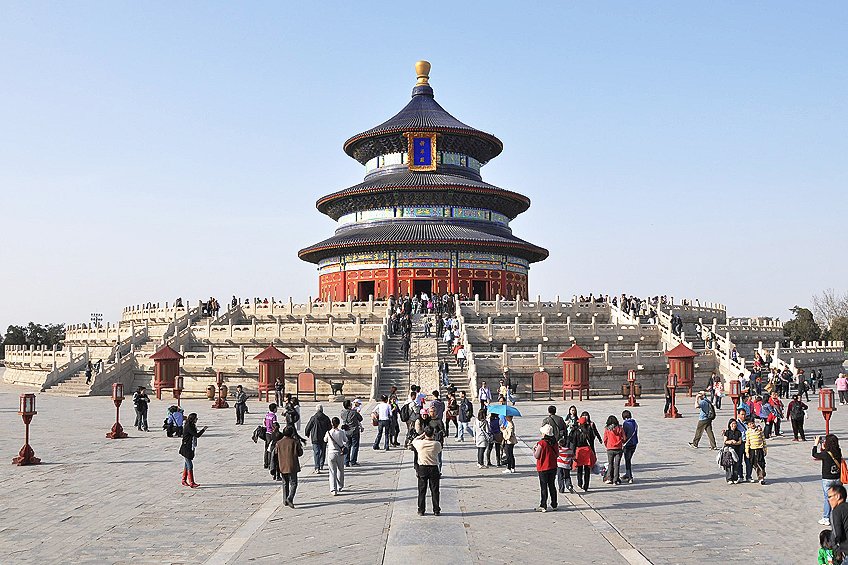
Taj Mahal (India)
| Date Built | 1632 – 1653 AD |
| Location | Agra, Uttar Pradesh, India |
| Religion | Islam (Mughal architecture with Islamic influences) |
The Taj Mahal, situated in Agra, India, is an enduring symbol of love and architectural beauty. Commissioned by Mughal Emperor Shah Jahan in the 17th century as a mausoleum for his beloved wife Mumtaz Mahal, it is renowned for its white marble facade and intricate inlay work. The Taj Mahal’s design reflects a fusion of Persian, Islamic, and Indian architectural styles, creating a masterpiece of symmetry and grandeur.
Interestingly, the changing light throughout the day alters the color of the marble, from pinkish at dawn to milky white in the moonlight, adding to its ethereal charm.

Wat Arun (Thailand)
| Date Built | Believed to be built in the early 19th century |
| Location | Bangkok, Thailand |
| Religion | Theravada Buddhism |
Wat Arun, also known as the Temple of Dawn, is an iconic Buddhist temple located on the banks of the Chao Phraya River in Bangkok, Thailand. Its distinctive prang (tower) is adorned with colorful ceramic tiles and seashells, reflecting the rising sun’s rays. Built in the 17th century, Wat Arun symbolizes the dawn of enlightenment and the defeat of darkness. Visitors can climb the steep steps of the central prang for panoramic views of the river and Bangkok’s skyline. Intriguingly, the temple’s design is influenced by Hindu cosmology, with the central tower representing Mount Meru, the center of the universe in Hindu mythology.

As we conclude our exploration of Asia’s famous temples, it becomes evident that these sacred sites are not just architectural marvels, but profound reflections of human spirituality and cultural expression. From the grandeur of India’s Taj Mahal to the tranquility of Thailand’s Wat Pho, each temple carries within its walls a wealth of stories, beliefs, and traditions that continue to inspire awe and reverence. As visitors marvel at the intricate details of these structures and contemplate their significance, they become part of a timeless journey that transcends borders and connects us to the essence of humanity. In a world marked by rapid change, Asia’s temples stand as enduring symbols of faith, resilience, and the steadfast quest for transcendence.
Frequently Asked Questions
What Makes Asian Temples So Significant?
Asian temples are significant for their rich cultural heritage, architectural splendor, and spiritual importance. They serve as centers for worship, meditation, and community gatherings, reflecting the diverse religious traditions and beliefs across the continent.
Are These Temples Accessible to Visitors from Around the World?
Yes, many of the famous temples mentioned in the article are accessible to visitors from around the world. They often welcome tourists and pilgrims, offering guided tours, cultural performances, and opportunities for spiritual exploration and learning.
How Are These Temples Maintained and Preserved?
Preservation and maintenance of these temples are of utmost importance to ensure their longevity and cultural significance. Many temples receive support from governments, UNESCO, and local communities for restoration projects, structural upkeep, and safeguarding against natural disasters and environmental degradation. Additionally, strict conservation measures are implemented to protect the historical and artistic integrity of these sacred sites.
Isabella studied at the University of Cape Town in South Africa and graduated with a Bachelor of Arts majoring in English Literature & Language and Psychology. Throughout her undergraduate years, she took Art History as an additional subject and absolutely loved it. Building on from her art history knowledge that began in high school, art has always been a particular area of fascination for her. From learning about artworks previously unknown to her, or sharpening her existing understanding of specific works, the ability to continue learning within this interesting sphere excites her greatly.
Her focal points of interest in art history encompass profiling specific artists and art movements, as it is these areas where she is able to really dig deep into the rich narrative of the art world. Additionally, she particularly enjoys exploring the different artistic styles of the 20th century, as well as the important impact that female artists have had on the development of art history.
Learn more about Isabella Meyer and the Art in Context Team.
Cite this Article
Isabella, Meyer, “10 Famous Temples in Asia – Architectural Divinity.” Art in Context. March 8, 2024. URL: https://artincontext.org/10-famous-temples-in-asia/
Meyer, I. (2024, 8 March). 10 Famous Temples in Asia – Architectural Divinity. Art in Context. https://artincontext.org/10-famous-temples-in-asia/
Meyer, Isabella. “10 Famous Temples in Asia – Architectural Divinity.” Art in Context, March 8, 2024. https://artincontext.org/10-famous-temples-in-asia/.







